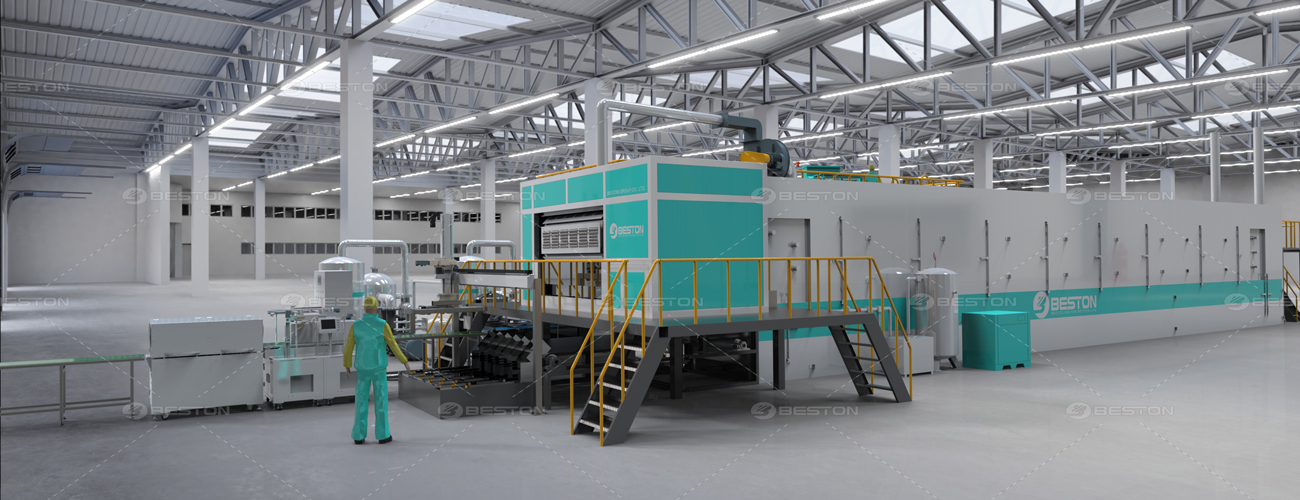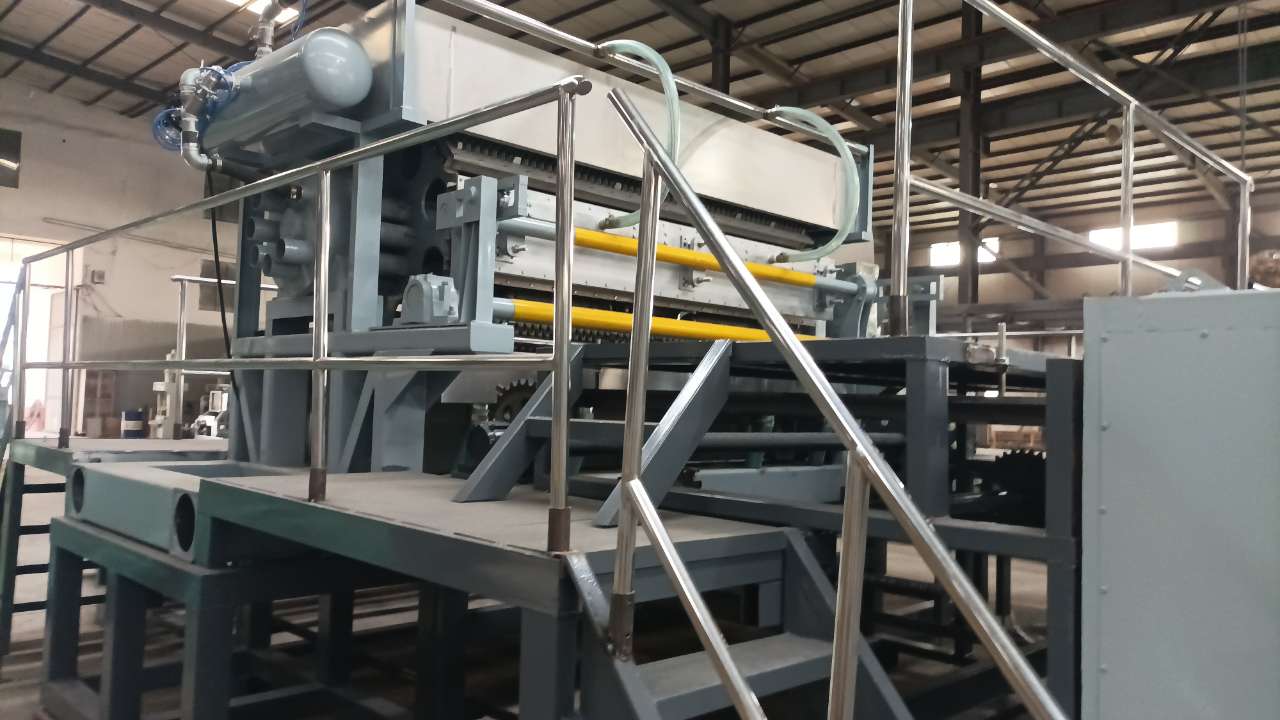In the production ecosystem of a pulp moulding plant, the design and material of molds play a pivotal role in determining product accuracy, production efficiency, and final texture. The mold, acting as the direct interface between the slurry and the forming process, shapes the end-use profile of trays, plates, and packaging inserts. Variability in mold configuration translates into diverse performance outputs across different product lines.
Mold Material Considerations
Metallic molds, typically composed of aluminum or bronze alloys, are prevalent in high-capacity operations. Their corrosion resistance and dimensional stability make them suitable for long-duration cycles. Conversely, plastic molds—often used in low-volume applications such as a small egg tray machine—offer a cost-effective entry point for new manufacturers but suffer from quicker degradation under thermal and mechanical stress.
Stainless steel molds present an intermediate option, balancing thermal conductivity with durability. These are increasingly preferred in egg tray making machine fully automatic lines, where uninterrupted operation and resistance to acidic fiber slurry are paramount.

Mold Design and Precision
Complexity in mold design determines the product’s structural resilience. Multi-cavity molds, used in egg tray moulding machine systems, allow higher throughput but require precision engineering to ensure uniform pulp distribution. Vents and vacuum ports embedded within the mold must align correctly to avoid deformation or incomplete forming.
For applications requiring minimalistic packaging or slim-profile trays, micro-perforated molds offer enhanced detail reproduction. These are especially useful in operations where aesthetic and dimensional precision are non-negotiable.

Efficiency and Cycle Time
Molds directly affect cycle time—each forming, drying, and demolding phase is influenced by how the mold handles pulp drainage and heat transfer. In an egg tray making machine fully automatic setup, high-efficiency molds with optimal pore distribution reduce moisture retention, accelerating drying. In contrast, molds lacking proper venting prolong drying time, reducing overall plant productivity.
Small egg tray machine units, typically deployed in decentralized or rural setups, often utilize single-format molds. These designs simplify maintenance and reduce the need for mold changeovers, albeit at the expense of product variety and scalability.
Interchangeability and Product Diversification
Advanced pulp moulding plant lines demand mold interchangeability to accommodate varied SKUs without major equipment overhauls. Modular mold bases and quick-release mechanisms are now standard in high-end egg tray moulding machine platforms. This flexibility supports rapid transitions between product types such as egg trays, fruit trays, and cup carriers.
Manufacturers must evaluate mold type not only by current output needs but also by anticipated diversification. A mold optimized for 30-cell egg trays may not perform adequately for more intricate items, such as bottle clamshells or electronic packaging inserts.
Final Observations
In pulp moulding plant operations, mold selection is not merely a tooling decision—it is a strategic determinant of quality control, maintenance frequency, and scalability. Whether operating a compact small egg tray machine or an advanced egg tray making machine fully automatic system, the interplay between mold type, design, and manufacturing intent governs long-term operational viability. High-precision molds increase consistency, reduce scrap rates, and fortify a plant’s capacity to adapt to shifting market requirements.
